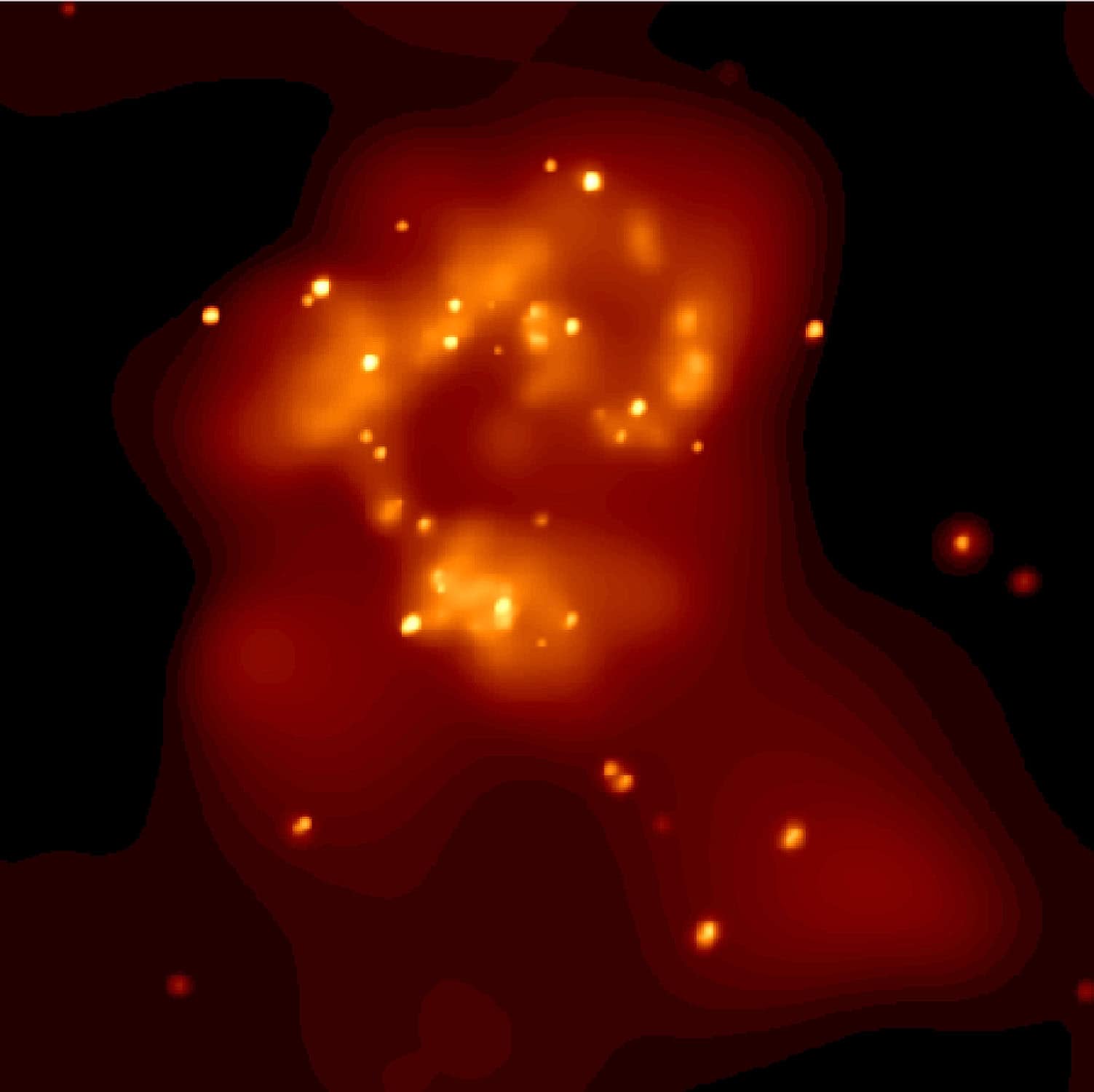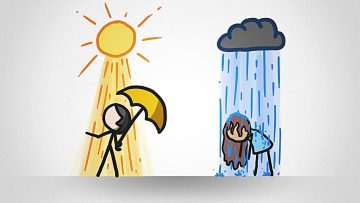
For his first column for whynow, Jude Yawson pens a part-paean, part-condemnation of the dark arts of YouTube wormholes. For your viewing pleasure, various wormholes are interspersed in the article.

The strongest evidence for the existence of black holes by measuring the release of energy from space matter spiralling at an ever increasing speed into the bottomless maw that marks the edge of a black hole, January 12, 2001. (Photo: NASA)
It is 3:39am, and you have a Zoom call at 10. You want to force sleep. Yawns summon watery eyes. You were never blessed with the ability to simply dream. It is a routine, a battle, and theme of your night. A fight with the self and an inquiry into your mental wealth.
Whether through grief, stress, a testing body clock, mere restlessness or maybe just pure interest, we have all been there: the late night descent into the depths of YouTube’s algorithms. Dopamine hit, after dopamine hit, with occasional calculating sprinkles of how many hours until our alarm rings.
Like many others I drown myself to sleep with a streak of random YouTube videos. I wonder how far the wormhole will go. So, I thought to myself, YouTube wormholes – what are they, why are they, and how come we slip through them so often?
Using my sleepless nights as a distorted case study, here is what I found.

Photo: NASA
What is a wormhole?
The concept of wormholes relates to Einstein’s general theory of relativity, which is a theory of gravity. Instead of considering gravity an invisible force of attraction it is a curving and or warping of spacetime. What warps this spacetime is mass and energy, such as the Sun and the gravitational pull it generates enticing Planets to orbit. Theoretically, a specific configuration of matter and energy could produce a tunnel for matter to travel through. This would be a wormhole. A wormhole is a window into a faraway place and time. It can be visualised as a tunnel with two ends existing at separate points in spacetime.
What is a YouTube wormhole?
Considering the real scientific notion of wormholes, a YouTube wormhole is a period of time, a tunnel, in which the mind enters in one state and leaves in another. What the mind is subject to is the phenomena it encounters throughout this tunnel. That being a sea of notions spawning in the brain and planted by an endless stream of content.
In non-laborious terms: we watch a shitload of videos suggested to us by YouTube algorithms.
At times, the mind is so sucked into this state of the YouTube wormhole that what we have engaged with slips the retention of memory. I hardly remember those hours I spent grossed out watching audiologists clean out an ear canal. Chiropractors popping all sorts of bones. Though that stream can be so exciting, educating or captivating that we allow ourselves to be subject to the suggestions presented to us.
I once spent several hours of a pandemic night watching Random Hands, a YouTube channel capturing metalworkers casting and forging objects. A modern-day blacksmith, battering lava like malleable metal with a hammer into the spine of a Katana. Or transmuting a clump of old brass into a golden ring. It was therapeutic, and although I disliked the invasiveness – YouTube was right. I appreciated that content. So why does this happen?
YouTube’s everchanging algorithm
In YouTube’s infancy, from its creation in 2005 to the early 10s its algorithm encouraged users to see videos that attracted the most views or clicks. Viral videos like Charlie Bit My Finger, Leave Britney Alone, or Chocolate Rain were trained into the consciousness of its users – unavoidable by its nature. Back then, subscriptions actually served a great purpose. Eventually, clickbait trumped virality as YouTubers baited viewers with masterfully penned titles or intriguing thumbnails. YouTube changed its approach to recommended videos to ensure more fulfilling videos were seen.
How did they do this? They opted to value actual watch time over views/videos clicked and abandoned.
Again, this was not optimal enough in providing users with the best experience. YouTube changed its approach again in the mid 10s, focusing on viewer satisfaction and eventually reaching a point of a well worked algorithm. It prioritised videos that users responded well to with likes, comments, and a new feature in “not interested in this channel”. It provides a unique but time absorbing experience, both ideals of YouTube – encouraging amazing content but yearning for your attention.
At the moment, YouTube prioritises its homepage and recommended videos spaces to entice users to watch. What reaches the homepage is indicative of performance and personalisation. How many likes and dislikes a video garners, its average view duration and click through rate. It analyses watch history, becoming suggestive of our past interests and behaviours.
It also calculates videos that are often watched together, like a wave of videos on Marvel show/film Easter Eggs, or suggesting another sports game highlights on the backend of one you watched. It hosts topically relevant videos together, as well as even noting videos you have watched in your past.
Once combined, these algorithms create a space that is tailored by your subscriptions, views, topics old and new, corroborating with other like minded users’ reactions, hence it is becoming easier to slip into a YouTube wormhole perfectly raised for you.
Traversing the YouTube wormhole
Theoretically, if we strolled through a black hole or a wormhole, it is pretty standard to assume we would be reduced to nothingness. Although if we could pass through such phenomena harmlessly, they’d be deemed traversable.

I’d like to think the YouTube wormholes we have often slipped into are harmless, but if not here are three suggestions to directly steer your spaces:
1) Incognito Mode: Whether by browser or on the app, there are ways to go Incognito and ignore the algorithm presented to you. Sometimes it makes sense if you want to search something that doesn’t add to your personalised YouTube.
2) Taylor’s Technique: In her Longform interview, Social Media Journalist Taylor Lorenz suggested a technique to keep her accounts fresh from over invasive algorithms. She creates burner accounts and builds them to present her with a whole different wave of information. e.g. an Insta account for cars, a YouTube account to watch trending YouTubers, or a Twitter to follow journalists of one ilk.
3) Utilise YouTube properly: There have been a few times I clicked “not interested in this channel” but not so much. It works, and all these features are there to tailor your own experience. Use them instead of letting YouTube use you.
In short, YouTube wormholes can be fascinating, fun, and addiction led like a spate of drugs.
Though we do have the ability to command them. It is about time we start analysing these apps and utilising them for the greatest personal gain, over being another fragment of data masquerading as a user.




